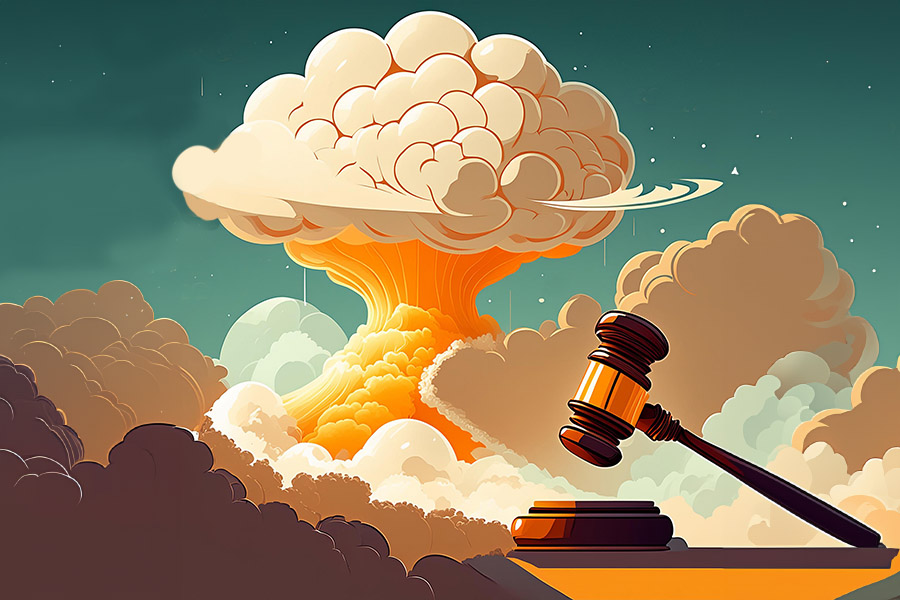Today more than ever, the world needs leadership in the field of nuclear non-proliferation and disarmament. Kazakhstan keeps providing this leadership, writes Jonathan Granoff.
In 1949, the first of over 450 nuclear explosive tests, surprised the residents in towns and villages in the northeast corner of Kazakhstan. The sky lit up with a blinding flash of light followed by an enormous mushroom cloud. In houses books falling from shelves and the crashing of dishes could be heard. They had not been forewarned.
For the next forty years, silently, in the bodies of at least one and half million citizens the consequence of the radioactive fall-out of those hundreds of explosions inflicted numerous diseases such as cancer and horrible birth defects. Not only did the explosions cause cracks in houses and roads.
It caused the crack of tragedy in the hearts of millions. The people of Kazakhstan, because of those nuclear tests in the windswept steppe test site at Semipalatinsk, know all too well the reality of nuclear weapons
Millions of activists worldwide in the late 1980s protested nuclear testing, prominent amongst those protests was the Nevada-Semipalatinsk Movement, bringing together the voices of citizens of the USA and the then Soviet Union.
Jonathan Granoff is the President of the Global Security Institute, a representative to United Nations of the World Summits of Nobel Peace Laureates, a former Adjunct Professor of International Law at Widener University School of Law, and Senior Advisor to the Committee on National Security American Bar Association International Law Section.








